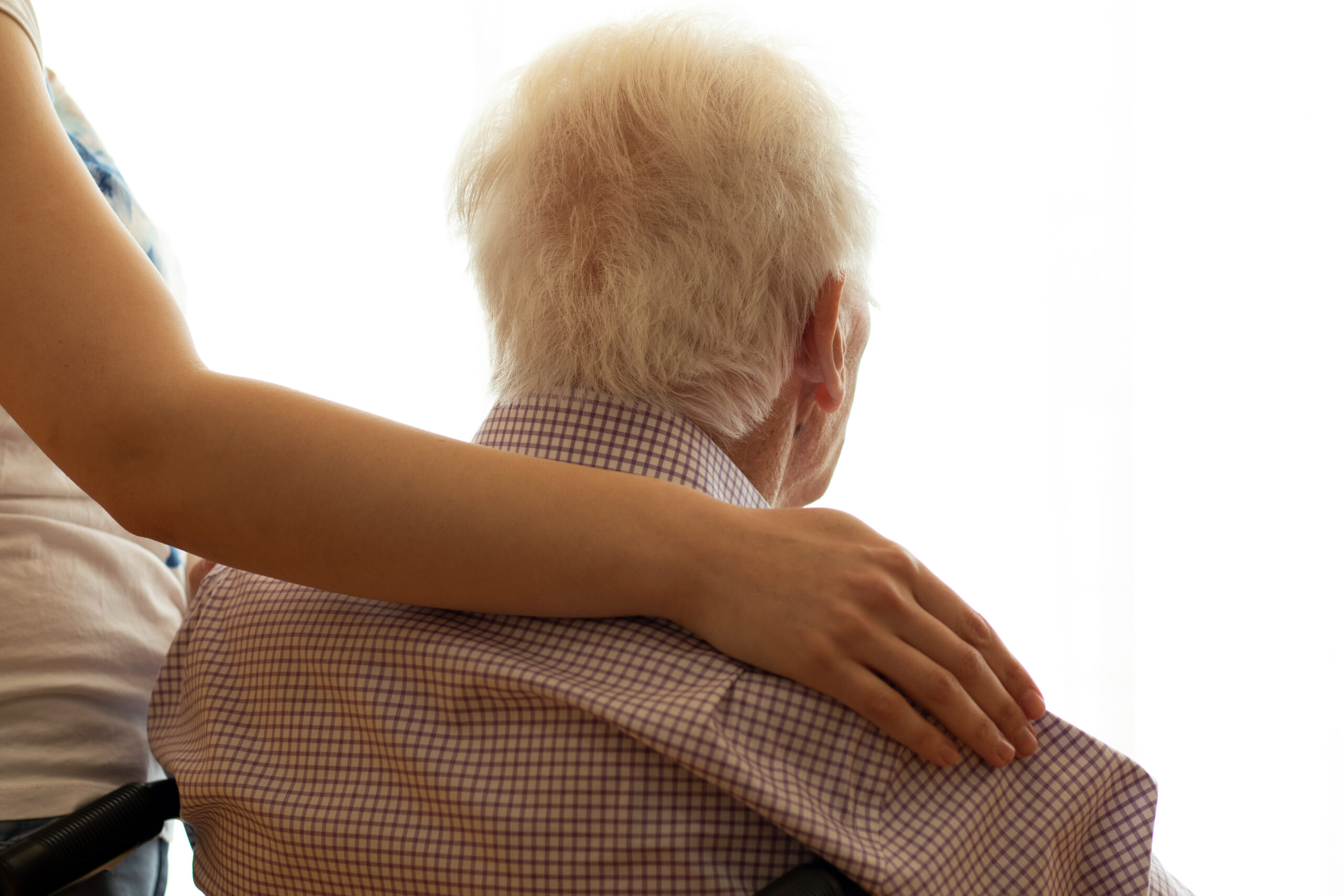Doctors Reveal the Secret to Reducing Risk of Falls
Doctors Reveal the Secret to Reducing Risk of Falls
Falls are a major concern, especially for older adults, because they can lead to serious injuries and loss of independence. Fortunately, doctors and health experts have uncovered simple yet effective ways to reduce the risk of falling. These strategies focus on making your home safer, improving your body’s strength and balance, and using the right tools.
**Make Your Home Safer**
One of the first steps is to look around your living space for anything that might cause you to trip or slip. Loose rugs are common culprits; removing them or securing them with non-slip pads can prevent accidents. Bathrooms need special attention since they tend to be slippery—using non-slip mats inside bathtubs and showers helps a lot. Installing grab bars near toilets and in showers gives extra support when moving around.
Good lighting is another key factor. Make sure hallways, staircases, and rooms are well-lit so you can see clearly where you’re going. Also, keep electrical cords taped down or out of walkways so they don’t become tripping hazards.
Organize frequently used items like phones, glasses, medications, or flashlights in one easy-to-reach spot so you don’t have to rush or stretch too far[1][2].
**Wear Supportive Footwear**
The shoes you wear play an important role in preventing falls. Doctors recommend wearing shoes with low heels that fit well and have rubber soles for good grip. Avoid walking around in socks or slippers without traction because these increase slipping risks[1][2]. If your shoe soles get worn out over time, replace them promptly.
**Exercise Regularly for Strength and Balance**
Staying active is one of the best defenses against falling. Exercises that build leg strength—like knee curls or leg extensions—and those that improve balance—such as standing on one foot or heel-to-toe walking—can make a big difference[3][4]. Tai chi is also popular because it gently improves coordination while reducing stress.
Physical therapists often create personalized exercise plans tailored just for you using simple moves at home with no special equipment needed[2]. These exercises help improve muscle control so if you stumble unexpectedly, your body reacts quickly enough to prevent a fall.
**Use Assistive Devices When Needed**
If doctors suggest using a cane or walker based on your balance needs, it’s important not only to use these devices but also ensure they fit properly for maximum safety[1][5]. Don’t rely on furniture walls as support if an assistive device would provide better stability.
**Check Your Health Regularly**
Regular check-ups help catch issues like poor vision or side effects from medications that might increase fall risk[3][5]. Hearing problems can affect balance too; getting hearing aids if needed may help maintain steadiness when moving about.
By combining these practical steps — making homes safer by removing hazards; wearing proper footwear; exercising regularly; using assistive devices correctly; and managing health carefully — people greatly reduce their chances of falling while gaining confidence moving through daily life safely without fear.





